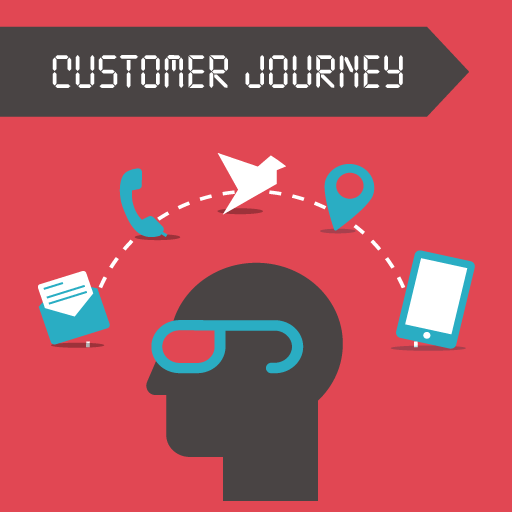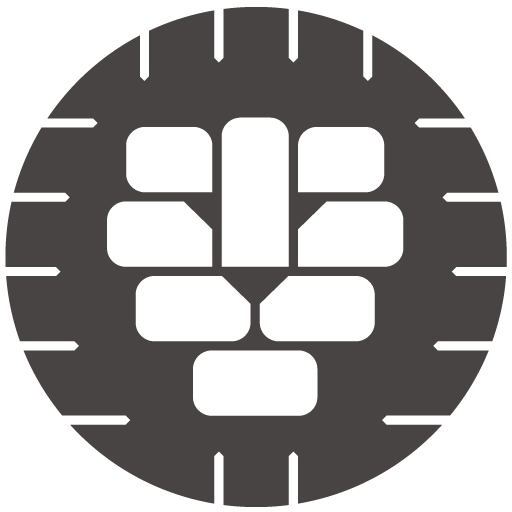
How to create a modern customer journey in five stages
WHAT IS A CUSTOMER JOURNEY?
A customer journey maps the entire customer process. It starts with your customer searching for a product or service to buying your product or service. And it ends with your customer leaving or becoming an ambassador. Preferable, a customer stays with you as long as possible. Capturing and visualising each phase and touchpoint of your customer process in one overview will help you find new opportunities to improve your customer experience.
WHY BUILD A CUSTOMER JOURNEY?
Mapping your current customer journey will give you an overview of all your growth opportunities. By visualising the journey covering all of the various touchpoints and emotions, across all possible channels will give you in-depth insights. These insights will help you find new opportunities to further improve the customer experience. By paying real attention to your customers and their experience, you will achieve a much higher profit in the long run.
5 stages of a MODERN customer journey
1. INTEREST & AWARENESS
What does awareness mean in terms of the customer journey? Awareness is some form of advertising that grabs the customer’s attention and has them interested in your product or service. The different forms of brand awareness in terms of marketing has transformed radically over the years. We started to include a variety of online marketing tactics such as: social media advertising, online advertising, search engine advertising and more. Digital advertising platforms allow for advanced targeting as well as proof of performance metrics. Which offers businesses a chance to see actionable return on investment (ROI). Digital advertising has become so advanced that you can be confident your message is displayed in front of relevant target audiences. Today, digital marketing is one of the strongest incentives in regard to the first step in the customer journey.
MAKE IT EASY FOR CUSTOMERS TO FIND OUT ABOUT YOUR BUSINESS, PRODUCTS & SERVICES


2. SEARCH
Before Google existed, marketing looked like this: A customer would be attracted to a brand through an advertisement. The customer would experience their “first moment of truth” as they made a purchase at the business. Depending on the customer experience, the customer would share their thoughts via word of mouth. Now we have Google! And the journey now includes the online world. A local business needs to be found online! Why? Because part of the customer journey involves searching for businesses and looking for websites, locations, or for details on products and services that fulfill your customer’s needs. The businesses that win in today’s marketing world are the ones who are best findable.
MAKE IT EASY FOR CUSTOMERS TO FIND YOUR BUSINESS
3. RESEARCH
A customer has searched for your company online, but they want to find out MORE about your business before they spend their money. Since Google became part of our lives, customers do not show up to the first business they see anymore. Today, customers spend time researching the company, products and services beforehand.
Two commonly used online research tools by customers are:
- Online Reviews
Customers look for online reviews of a brand before a transaction is made. - Social Media
A consistent presence and activity on social media show customers that your business cares about customer service and interaction.
MAKE IT EASY FOR CUSTOMERS TO TRUST YOUR BUSINESS


4. PURCHASE
If a customer has searched for your business and done their research, it is likely that they are ready to make a purchasing decision. In the past decade, businesses have moved their services to their website, including e-commerce options that allow online purchasing.
As more customers adopt the online buying lifestyle, the presence of websites and e-commerce becomes more significant. Even if you choose to not sell your products or services online it is still extremely important to have a website and online exposure.
MAKE IT EASY FOR CUSTOMERS TO GET WHAT THEY ARE LOOKING FOR
5. EXPERIENCE
When you convert a web search into a paying customer the customer then has the opportunity to influence the customer journey for other customers. If the customer had a negative purchasing experience they are likely to share their experience with others. These types of online reviews can influence customers to do business with you. Offering a great customer experience is your business’s’ greatest asset and the best source of free marketing.
MAKE IT AN EXPERIENCE CUSTOMERS WOULD WANT TO SHARE WITH OTHERS

“
THIS IS HOW WE WORK
Together we will discover the journey your customers are currently undertaking and gain insight on their needs and wishes. Be A Legend will take these insights and translate them into concrete recommendations and your customer journey action plan. Your starting point for your improved customer experience and future-proof business strategy.
